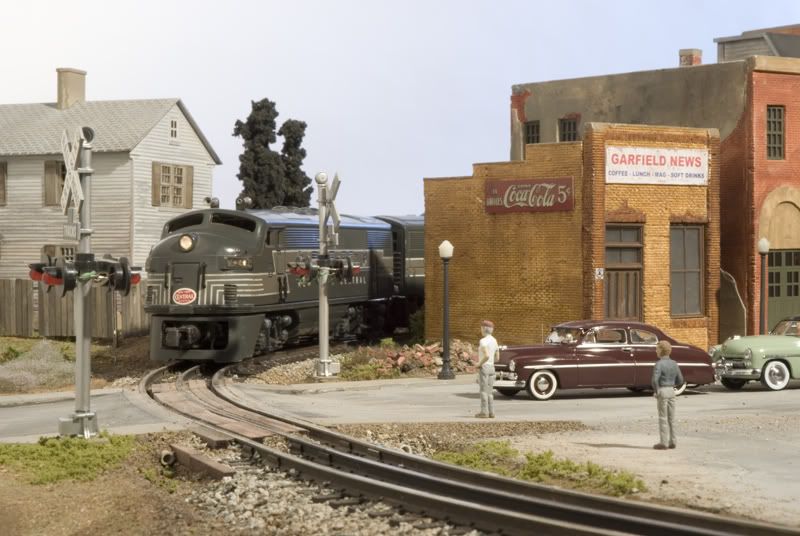Some have complained about O gauge 1.25 inch track gauge being a scale 5 feet when O is defined as 1:48. I was reading an article about Proto 48 which changed the track gauge to 1.18 inch so the track gauge would match that of 4 feet 8.5 inches. There were photos of locomotive trucks and cars where the break cylinders matched to the frame “better” when the track gauge was 1.18 inches versus 1.25 inches.
Going back to my copy of All Aboard, Lionel’s first attempts at scale trains were not 1:48, but the European 1:45; however, the decimal of 0.267 for 1:45 (vs. the decimal of 0.25 for 1:48) was more difficult to work with in an age without calculators or computers; thus, 1:48 became the scale of choice for the Hudson since it was easier and quicker to do the math. BTW, many of MTH's new European equipment is 1:45 and not 1:48.
Why not change the scale instead of changing the gauge of track and fracturing the hobby? Any scale is simple to calculate with computers and CAD. If a train is meant to be scale, why not produce the train in 1:45 scale or 1:46.5 scale (I believe that at 1:46.5 the track gauge now becomes 4 feet 8.44 inches)? The trains would become slightly larger than 1:48, but the track gauge would become more prototypical. Any O gauge train would still be able to run since the gauge remains at 1.25 inches.




